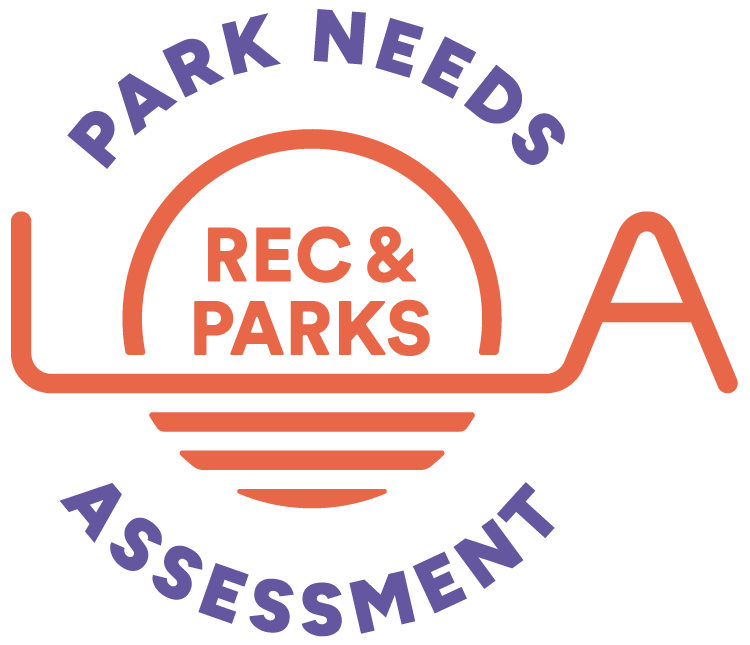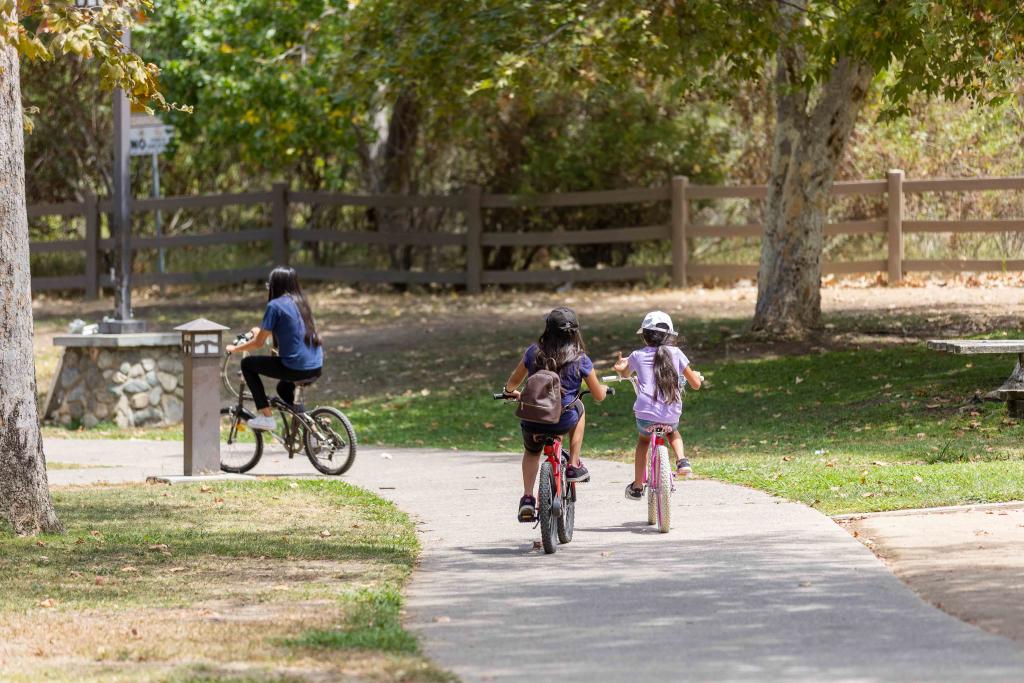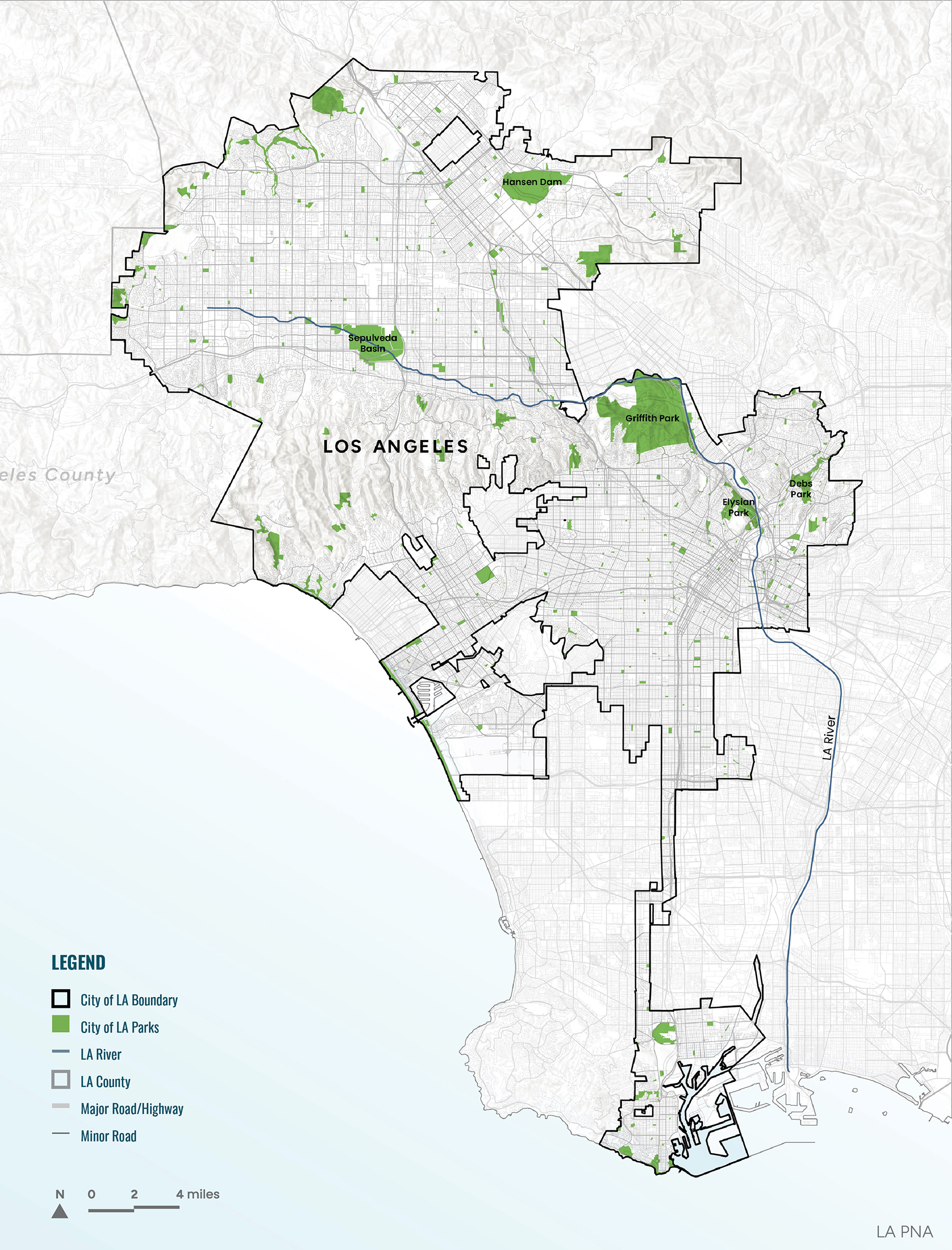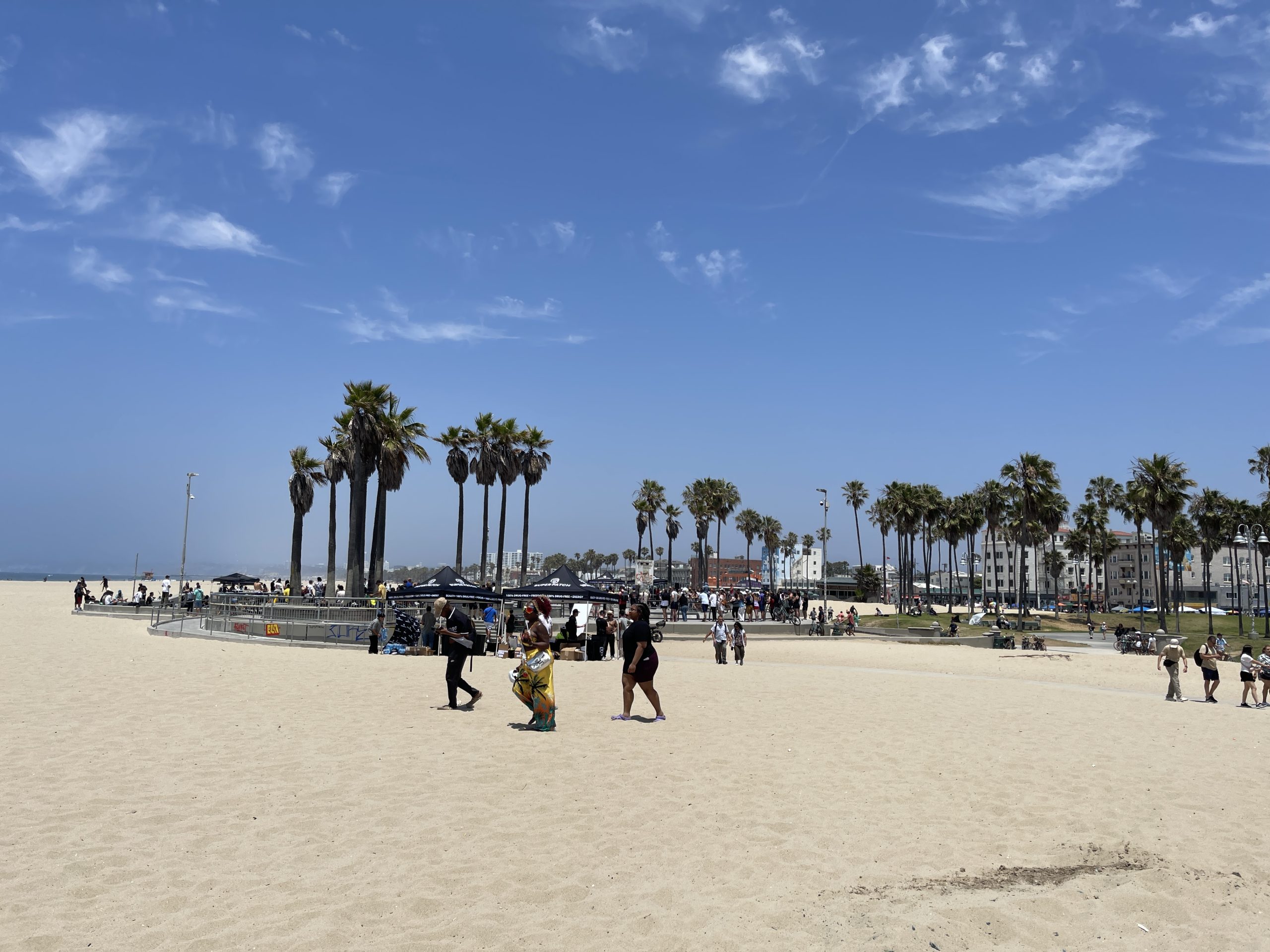More in This Section
The 2025 City of Los Angeles Park Needs Assessment (PNA) is a roadmap to better meeting Angelenos’ park needs in the coming decades. It brings together deep community engagement, innovation in data collection and mapping, and the lived realities of communities around the City.
The PNA acknowledges the wealth of amenities and experiences available to residents across more than 16,000 acres of public parkland as well as the breadth of benefits residents receive from these vast resources everyday. At the same time, the PNA brings to light where current resources fall short in providing equitable access, amenities, staffing, and funding.
The City of Los Angeles Department of Recreation and Parks has one of the most diverse and varied park systems in the country.
The City of Los Angeles owns and operates about 500 park sites.
These park sites make up more than 16,000 acres across the City.
RAP has over 1,700 full-time employees and 5,000 part-time employees.
Where
- A “Universe of Sites” is defined based on existing sites as well as areas in need of potential future parks. The PNA has completed a rigorous update to the park data layers to define boundaries of existing parks. In addition, potential areas for future parks are defined using an innovative tool called “Per Square Mile.” This tool allows examination of areas that don’t have enough park access.
- Sites are prioritized based on criteria from community engagement, steering committee guidance, and best practices.
What
- A set of needed Elements or features is compiled based on three sources of information including: national trends for parks and recreation, benchmark comparisons to other peer cities, and the types of elements people prioritize in surveys conducted for the PNA.
How
- Costs for prioritized elements, features, land, staffing, design, and other financial projections are determined based on capital cost estimates, maintenance estimates, and other budget realities over a 25-year projected timeline.
- Potential ideas for funding are explored based on the needs identified. In summary, the “Universe of Sites” exercise defines where to spend money, the “Elements” defines what to spend money on, and the costs will define the budget gap and funding opportunities.
In combination, these factors will provide a decision making framework that provides a direct line of sight from community needs and priorities to RAP spending and projects. These factors will be tied to and demonstrated through explorations of the lived realities in different neighborhoods in the City.
Ultimately the costs and desires of park users will add up to a number bigger than the City can afford under current funding mechanisms.
The problems of our park system require more robust strategies. Areas of Los Angeles suffer from significant lack of park space. Other parts of the City suffer from lack of access to parks. There is a significant need for additional recreational facilities, space, and cultural amenities. Hundreds of acres of parks are needed in the densest areas of the City and some areas that historically were not dense are becoming more dense, such as the San Fernando Valley. Billions of dollars are needed for land acquisition, additional staffing, operations and maintenance, and upgrades in accessibility, and amenities.
The Park Needs Assessment considers traditional park needs and community feedback and categorizes those needs and costs. It is important to consider incremental steps toward the vision that Angelenos have for parks. It is also critical to consider generational opportunities and bold visions at the scale of the City to meet the needs outlined in the Parks Needs Assessment.
One of the most basic ways to meet the needs of Angelenos is to coordinate partnerships with schools, colleges, and universities to create shared use agreements that allow usage of facilities for more hours during the week. Increasing lighting at parks with recreation fields can increase the hours of play, especially in winter months.
Beyond these existing facilities, it becomes necessary to consider other large land uses as part of our public park system. The planning efforts along the Los Angeles River, which identified over 2300 acres of potential public land in the river right of way, is one example of bold initiatives that can create additional park amenities in the City of Los Angeles. Efforts to depave or reuse large asphalt parking lots or bridge over roadways with parks are the types of grand strategies that must be taken seriously. Meeting the needs of downtown Los Angeles, East Los Angeles, and other dense areas of the city will require finding utility right of ways, roadways, and landscapes over structure to meet the growing population’s needs in the coming decades. Even if these strategies seem expensive, small-scale efforts cannot meet current challenges, and the opportunity costs of inaction outweigh large investments.
RAP’s budget has not kept pace with inflation over the past 25 years, even as the city has added over 1000 acres of parkland–meaning that the current budget is not able to cover basic park needs. This is why prioritization and decision making tools are critical to be able to say “spend money on this element first at this place.”
Meeting even the most basic requests of Angelenos for better operations and maintenance and safety in their parks will require a tremendous infusion of additional funding. With the City budget currently in deficit and dropping, gone are the days when the City budget could be relied upon to meet these needs. Los Angeles needs creative strategies that go beyond those typically considered in other major American cities to meet the scale of the issues affecting its parks.




